Eyebrow Microblading: Everything You Need to Know About This Tattoo Technique



Brittany Leitner


Is it just us, or is Instagram more saturated with full, bold brows than ever? On top of brow-endowed celebrities, we blame the boom of trends like feather brows and laminated brows. It’s enough to make those of us with wispy arches and over-plucked hairs envious enough to just get an eyebrow tattoo already.
Turns out, eyebrow tattoos are actually a thing—it’s called microblading and is surprisingly natural-looking (if you haven’t already seen it on your social feeds). If you’re over painting on your brow hairs with eyebrow pencils, gels, and pomades every single day, this semi-permanent eyebrow tattoo option might just be for you (plus, it’ll definitely shave off a few minutes of your getting ready routine each morning).Ready to learn everything you need to know about the eyebrow tattooing procedure that leaves you with perfect brows? We spoke with two microblading experts for the full scoop. Keep scrolling!


It's about glam time you treated yourself.
MEET THE EXPERT
Tanya Buzzetta is a Beau Institute-trained medical and cosmetic tattoo artist.
Emma Coombs is a microblading specialist and the founder of Emma Louise Bespoke Brows in the U.K.
Michelle Wu is master therapist and training director at Evertrue Microblading Salon in New York City.
So, What Is Microblading?
Microblading eyebrows is a form of semi-permanent makeup that gives the appearance of fuller, natural-looking brows. “The procedure is performed with a grouping or configuration of needles affixed to a handle to manually create lines that resemble eyebrow hairs,” says Tanya Buzzetta, a medical and cosmetic tattoo artist.
Essentially, the pigment (in the form of tiny, hair-like strokes) is implanted into the skin to the dermal layer, says microblading specialist Emma Coombs. These tattooed lines blend in with your natural brow hairs to create the optical illusion of full-bodied eyebrows for one to three years.
According to Buzzetta, there’s a clear reason we’re so enamored with eyebrows. “They’re one of the most important factors of our facial architecture,” she says. “Creating a perfectly-shaped eyebrow is one of the only ways to define and enhance your features without surgery or chemical injections.”
How Does Microblading Work?
Brows that look great on your best friend may not work as well on you. That’s why microblading artists tailor your eyebrow shape to you before they ever pick up a needle. “We design the shape, placement, and color of the brow that best suits the client’s face,” says Buzzetta. When they sketch out the shape and talk you through the color during your first session is also the best time to speak up if any of the aspects don’t match what you envisioned—after all, you want to put your best brows forward.
Next, a topical numbing cream is applied for about 20 minutes to ease the pain, says Michelle Wu, a master microblading therapist. Your artist will use their needle tool to create shallow cuts in the skin and fill the incisions with highest-grade pharmaceutical pigments. All in all, the appointment should take about two hours, says Wu.
Is Microblading Like an Eyebrow Tattoo?
While both microblading and tattooing embed ink into the skin, that’s where most of the similarities end. First, the ink deposited into the skin’s surface for microblading is only semi-permanent and doesn’t go nearly as deep as a traditional tattoo, meaning it won’t last forever the way a tattooing would. It’s also a different type of ink.
Another key difference is the skin prep prior to microblading. Most estheticians, trained makeup artists, or tattoo artists will place numbing cream over your brow area to help with discomfort (more on that below!) during that actual needling process. Since microblading is using dozens of tiny strokes on the sensitive area of the skin, the eye area, it makes sense that numbing cream can help the client relax a bit more while they’re undergoing the microblading process.
Does Microblading Hurt?
Thanks to the numbing cream and proper prep, clients typically won’t much while they’re getting their treatment. With the numbing cream, it feels about as uncomfortable as eyebrow threading, says Wu. If you feel any pain as your esthetician is at work, make sure to speak up because they can easily apply more numbing gel in the middle of the process.
How Much Does Microblading Cost?
Be wary of prices that seem too good to be true. After all, this is your face we’re talking about! According to Buzzetta, eyebrow microblading done by a qualified technician or esthetician will range in cost from $600 to $900, which also includes a follow-up appointment for touch-ups.
These touch-up treatments are just as important as the initial tattoo technique. During the healing process, as the scabbing heals and falls off, sparse areas or spots where the pigment fell out will be revealed. “This is the opportunity to make minor adjustments to perfect the brow,” says Buzzetta. “Pigment color may need to be adjusted, or more strokes may need to be added to give the appearance of dimension.” Your microblading artist can easily and quickly go back in and touch-up those spots.
These touch-up appointments also resemble another tattooing technique called eyebrow microshading. This younger sister to microblading involves just filling in sparse and select areas rather than the entire brow.
Who Should and Shouldn’t Get Their Eyebrows Microbladed?
According to Coombs, there are a few different skin types that should avoid getting microbladed brows all together. “These skin types include excessively oily skin, extremely sensitive skin, and very thin, fragile skin,” she says.
“I wouldn’t recommend microblading for clients with oily, aged, or sun-damaged skin or clients with darker skin,” says Buzzetta. “If microblading is done on an improper candidate the results can vary from little to no pigment retention, damaged skin, or altered color.” And like any tattoo technique, if you’re on blood thinners, speak to your doctor or provider beforehand.
If you’re ever unsure about the side-effects or if you’re a good candidate, your eyebrow technician can assess your skin during a consultation before you book the full treatment.
How To Care For Your Brows After Microblading
“Microbladed eyebrows are very easy to care for, but they’re very easy to mess up if aftercare instructions are not followed properly,” says Buzzetta. Tweak your skincare routine to avoid getting your brows wet for two days—try using a micellar water in place of your usual facial cleanser and avoid the brow area. Apply a thin layer of a non-petroleum ointment to your brows several times a day for six days. This will help keep the scabbing to a minimum. Scabs are a natural part of the skin's healing process, but keeping the area protected by an ointment will help them stay clean (plus, it’ll stop the temptation to pick off the scabs—do not do this!). On day three, wash your brows twice daily with a gentle cleanser and water and reapply your ointment, says Buzzetta. Your brows should be fully healed after about a week.
Coombs suggests cleaning brow often as well (once those initial two days of dry skin pass). “It is very important that you clean your brows twice a day for seven days following your treatment to minimize any risk of infection,” she says. You should also avoid skincare that speeds up skin’s healing process, like retinol and peels, near the brow area after you’ve been microblading. Both retinol products and peels can fade the pigment faster.
You may also need to avoid intense exercise while the skin around the eye area heals. Also important to note: Don’t panic when your brows look dramatically darker than you were expecting at first. “They’ll soften in color by up to 40 or 50 percent once healed,” says Wu.
What are your eyebrow goals? Would you ever try microblading?
Want to test out even more emerging beauty trends and treatments? Take our Beauty Quiz now to get started with your own IPSY beauty subscription. Already a member? Refer your friends to earn points, which you can use toward products. Either way, don’t forget to check us out on Instagram and TikTok @IPSY.
Like this article? Share it with your friends by clicking the icons below!
Liked this post? Share!
Related Stories
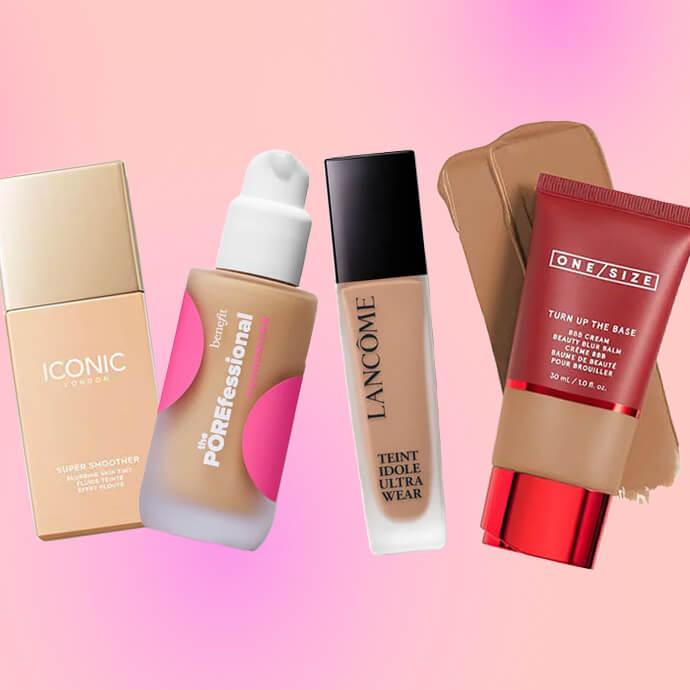
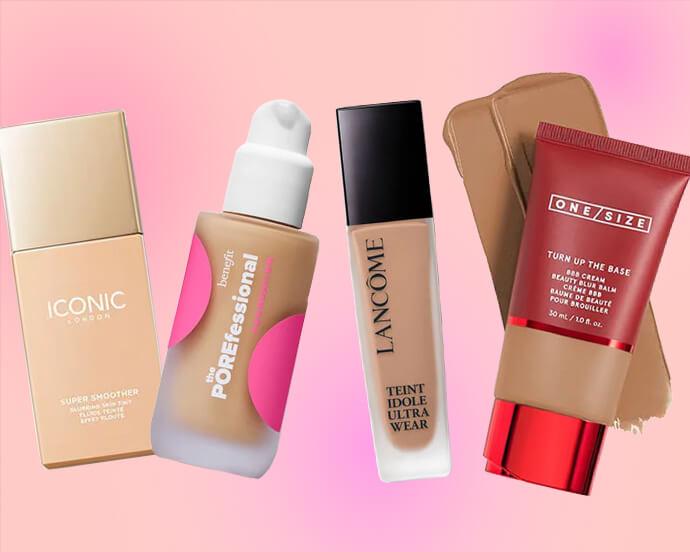
Makeup
Want an IRL Filter? These Are the Best Blurring Foundations
Published on Dec 12, 2025 • 5 min read
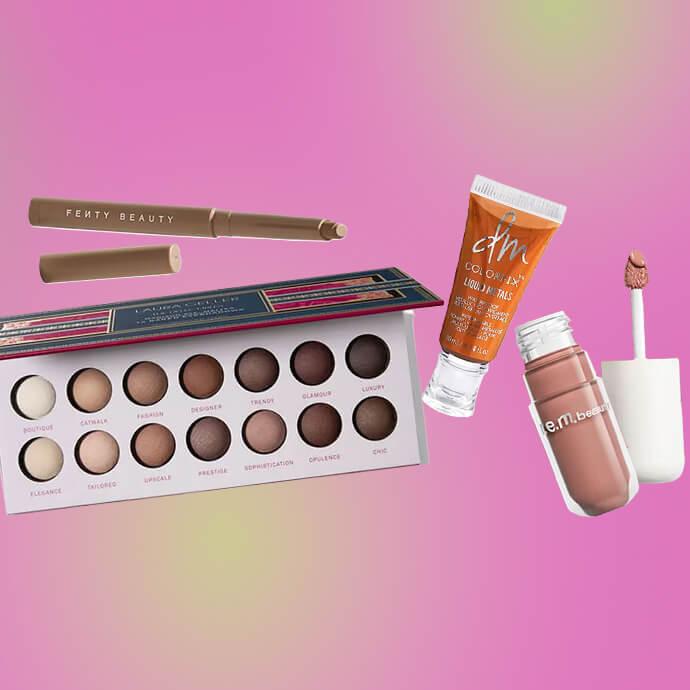
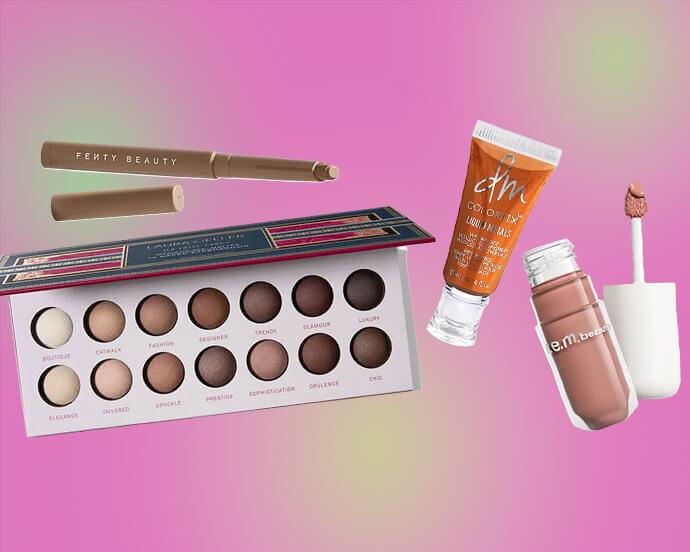
Makeup
How to Expertly Apply Eyeshadow on Mature Skin
Published on Dec 10, 2025 • 6 min read

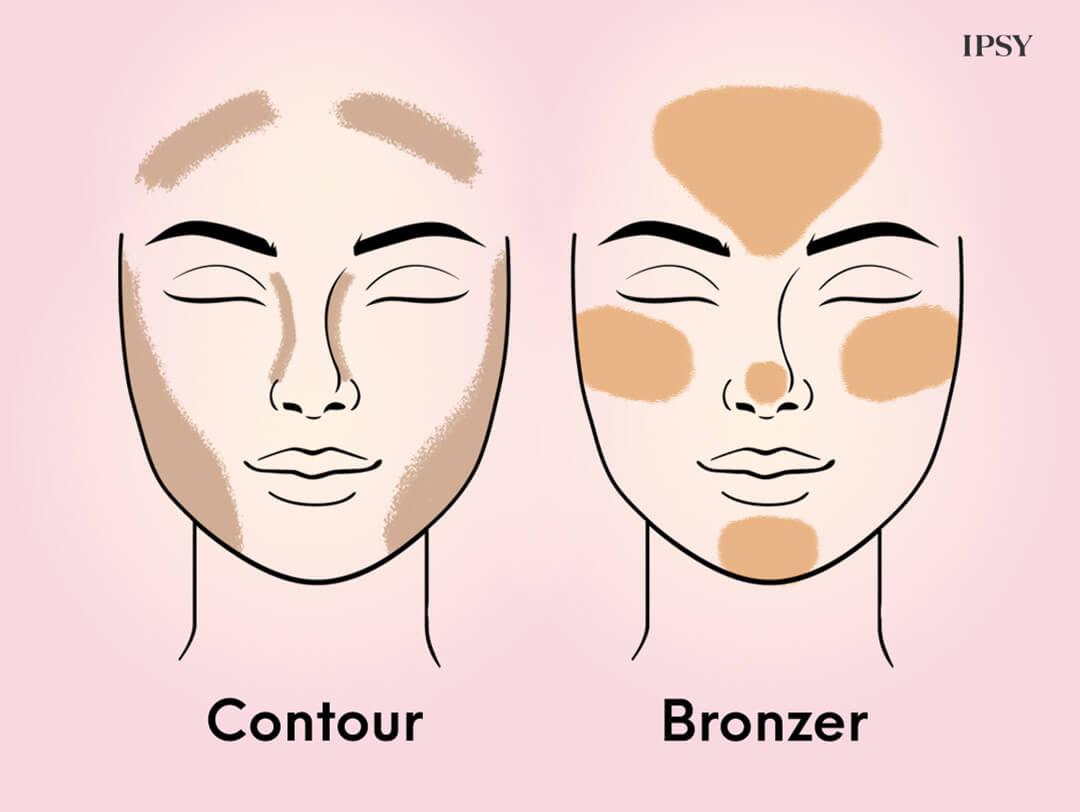
Makeup
How to Use Bronzer and Contour to Sculpt Your Face Like a Pro
Published on Dec 5, 2025 • 9 min read


Makeup
Makeup for Older Women That Works With Your Skin, Not Against It
Published on Dec 1, 2025 • 12 min read


Makeup
2026’s Biggest Makeup Trends Are a Maximalist Dream
Published on Dec 1, 2025 • 8 min read


Makeup
2025’s Biggest Makeup Trends: Go Big or Go Home
Published on Dec 13, 2024 • 7 min read


Makeup
16 New Year’s Eve Makeup Ideas to Fashionably Ring in 2026
Published on Nov 25, 2025 • 10 min read


Makeup
Your 2026 Beauty Horoscope Is Here—and the Stars Are Serving Looks
Published on Nov 25, 2025 • 9 min read


Beauty Picked Just for You
Get 5 products worth up to $70
Plus exclusive access to epic deals up to 80% off
Starting at just $14/month. Cancel anytime.